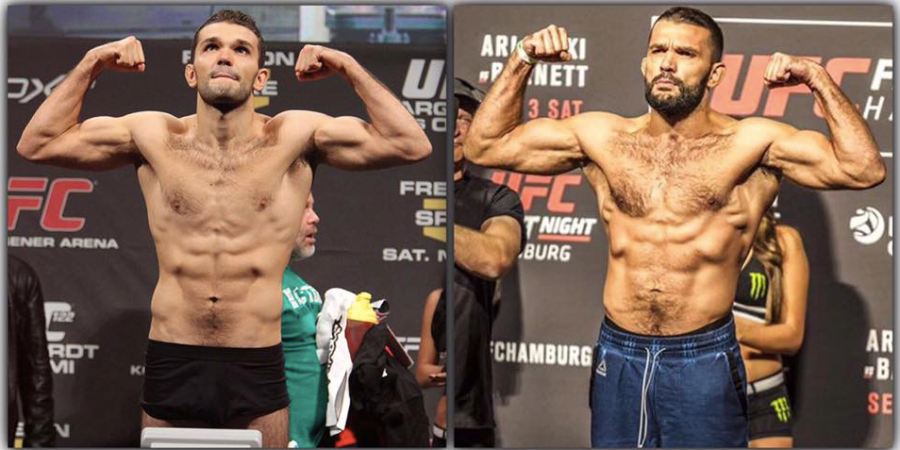This interview is a sneak preview of Peter Sobotta's interview at The Strength Summit , the world's first online congress in the field of strength training & training.
TSS: How does strength training fit into your training week, how many units do you do, how long do the units last?
PS: (...) On average I train my whole body twice a week throughout the year, i.e. upper body and legs in both units with e.g. squats, pull-ups, bench press, shoulder press, etc., basically the basic exercises that give you strength . I don't need big biceps and I don't need to look good to win a fight. What I need is strength. Proper weight training should always be designed to increase my maximum strength.
In principle, I do many sets for the basic exercises. 5-6 sets of between 2 and 6 reps depending on the exercise. Do fewer reps with lots of weight, multiple sets, and longer rests in between. I limit a workout to a maximum of four exercises and after an hour I'm done. I'm currently doing strength training on Mondays and Fridays and sometimes on Wednesdays, but in any case with at least a day's break in between so that the body can regenerate a bit.
TSS: Which injuries can be avoided as a fighter and which cannot?
PS: The sport also depends on the opponent or my sparring partners. I don't have everything in my own hands. I have had a major injury every year for the last 4 years where I had to have surgery and was out for several months and none of these injuries were self-inflicted. All were somehow connected with an action of the opponent. And I have no control over what the opponent does.
What I can do is choose the right sparring partner. But even that can hurt you. I can sing a song of it. I've been in the sport for 12 years now and I've had quite a few injuries and I've been in the hospital a few times and I've had a few surgeries and it's a sore subject for me too and maybe I'm not the best advisor on injury prevention because I I'm often hurt myself.
But basically I can say the following: Most of the injuries that happened to me were in a phase where I was very, very tired. Physically drained, mentally tired, mostly towards the end of the training week or after moving from one location. For example, when I go to California to train. You should be really careful the first 1-2 weeks because of the time change. When the body is weakened by things like jet lag, exercise, poor sleep, poor diet or whatever, it's just more prone to injury(...)
TSS: What can a non-fighter learn from a fighter?
PS: (...)You can really, really learn a lot from fighters. Most are highly intelligent, but you also have to be a bit insane. (...) MMA is a sport where only the world's best can live from the fees. It's a long dry spell to get there. It takes passion to even get through this. That connects all fighters.
What many people simply lack in everyday life. I meet a lot of people who just don't have the passion at all. They do a job they hate, buy things they don't need and just hang around and are dissatisfied with their lives and can't get excited about anything. And I think a typical fighter is the complete opposite. That's what you can learn most from a fighter or good athlete in general: the passion and love for what they do.
You want to watch the complete interview with Peter Sobotta - it's a video clip - then register here for free for The Strength Summit ...
You want to train with Peter Sobotta, then contact him directly via the website of his MMA Gym in Balingen - Planet Eater ...
If you want to get an insight into Peter Sobotta's training - incl. a special about strength training in MMA with Wolfgang Unsöld - then get the DVD Peter Sobotta - Effective MMA here at Amazon...
Image: BnA on Peter Sobotta's physical development over the past few years in the UFC, MMA's Champions League. Both photos were taken at the weighin as a welterweight (up to 77kg).

